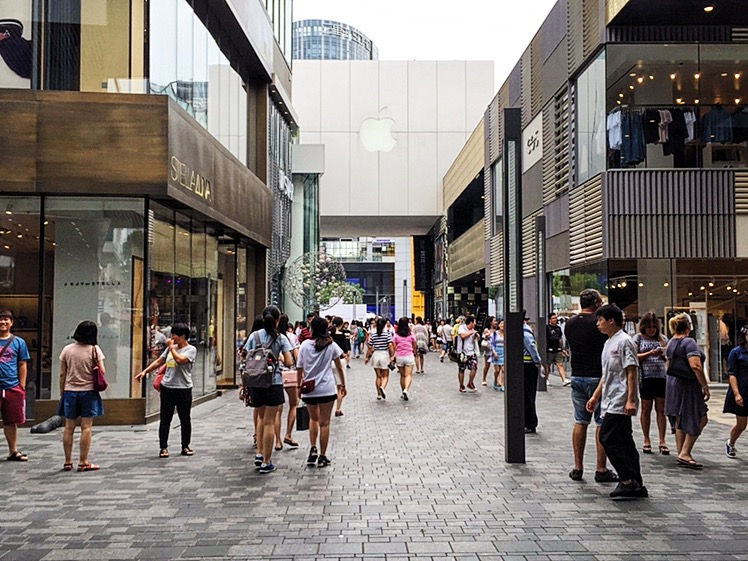CHINESE CONSUMERS
Here are the top 10 things that luxury fashion brands should know about Chinese consumers:
-
Chinese comsumers are tech savvy. In China, e-commerce is both essential to the economy and incredibly easy, as individuals can shop online and via WeChat Pay. In 2015 alone, Chinese consumers spent $627 billion via e-commerce. Of this, $333 billion was spent via mobile device.
-
The luxury market in China is a young one. According to branding specialist Tim Coghlan, consumers tend to be between the ages of 25 and 35 and come from family money.
-
In China, one major difference from the U.S. is that it is not common to invite guests to a person's house.
-
Because of this, wealthy young people tend to spend their disposable income on goods that people will see, such as luxury clothing and accessories, not on their homes.
-
Because of China's 20% luxury tax, many wealthy individuals may choose to buy their luxury fashions while visiting other countries.
-
China's middle class has also expanded rapidly in recent years. The Economist states that the number of households earning between $11,500 and $43,000 grew from 5 million in 2000 to 225 million in 2016.
-
Because of the growth of the middle class, as well as the growth of less expensive luxury brand sub-lines, more middle-class individuals have access to luxury fashion lines.
-
Many wealthy Chinese consumers are switching to "inconspicuous consumption." This means that they prefer their luxury fashions without obvious branding or labels.
-
Since luxury goods have spread to the middle class, in the eyes of wealthy Chinese consumers, brand names don't signal wealth the same way they used to.
-
According to Harvard Business Review, many upper-class consumers are even becoming less drawn to status symbols in general.


